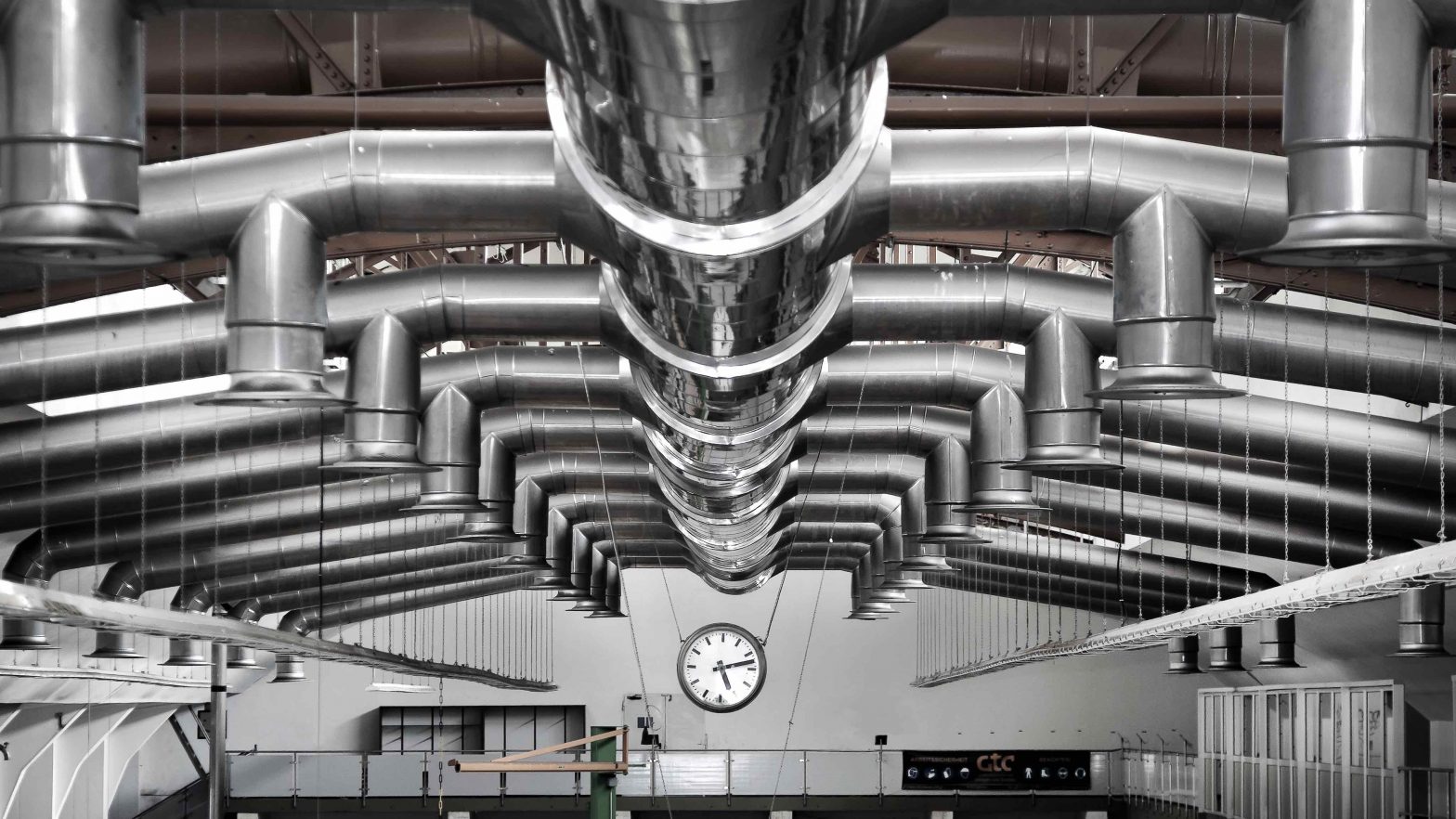On March 10, 61 singers in the Skagit Valley Chorale met in a room at the Mount Vernon Presbyterian Church. It wasn’t a small room—at 1,800 square feet, it was as large as an entire home, and it’s ceilings were double the height of most living rooms. But the space was still confined, and the singers relied on the church’s heating system to bring them fresh air. Sadly, it didn’t bring enough.
In the two and a half hours the group was inside, the air in the practice room changed a little over one and a half times. Less than one air change per hour. That was a big part of the problem. You see, office buildings try to change their air three times per hour. Shopping malls aim for a minimum of six. At 0.7 air changes per hour, the choir practice room’s poor ventilation contributed to the resulting 53 covid cases and two deaths.
That well documented case fortunately has pointed researchers toward answers that could prevent many more illnesses and deaths. One scientist, Jose-Luis Jimenez, a professor of chemistry and environmental sciences at the University of Colorado-Boulder, used the choir practice to build a model to predict the probability of infection based on factors including the characteristics of a building, including the size of the rooms and, importantly, the quantity of fresh air distributed to them.
Building design affects the transmission of covid-19 “a lot,” Jimenez told me. Better ventilated rooms offer their occupants more protection by dispersing lofted virus particles and drawing contaminated air out of the room, lowering the probability of any one person encountering them.
But how much fresh air do you need to be safe? “The more the better,” Jimenez said. “We are advising 100% to our university when possible.”
In recent weeks, Jimenez, whose research focuses on aerosol particles and gases, has been bombarded with requests to estimate the risk of different situations, so he started developing a general model that could be applied to them all. He refined it using data from the Skagit choir practice and other outbreaks. The result was a hit, and he was inundated with even more requests to adapt it to new and different scenarios. So he plugged it into a Google Sheet and released it to the public.
Anyone can download a copy to play with the numbers and test different questions. What if there are fewer people in a room? What if one person is talking more than the rest, as in a lecture? What about choir practice? In the Skagit choir case, Jimenez’s model quickly shows that doubling the size of the room would have helped a little, but ramping up the ventilation from 0.7 air changes per hour to 10 to would have cut the probability of infection from 83% to 26%. Moving a similar choir practice outside would slash it to 0.2%.
Now, obviously we can’t do everything outside, and not all buildings can draw 100% fresh air into their ventilation systems. Many buildings rely on recirculated air to limit the amount of heating or cooling they have to do, which limits their climate impact. Others may not have ducts large enough to force that much air into their rooms. But Jimenez’s spreadsheet does suggest that the more fresh air, the better.
On a personal level, Jimenez’s work also makes clear that if you’re going to visit with friends and extended family, do it outside. Very few homes are designed with ventilation in mind. In most cases, that’s not an issue. No home is completely airtight, and that leakiness is what keeps us all from suffocating in our sleep. But the number of air changes is still relatively low at one every three hours. Short of opening the windows or turning on the bathroom fan and hoping for the best, there’s not much else you can do. Energy efficient homes, which aren’t nearly as leaky, often include a separate ventilation system that recovers waste heat (or AC) from the outgoing air and transfers it to fresh, incoming air. They may give their occupants a slight advantage in the pandemic, especially if a family member falls ill. But it’s probably not sufficient for a safe indoor soirée.
Large commercial buildings, though, have more options. They can minimize the number of people inside while also ramping up their ventilation systems. Yet it’s not a “get out of jail free” card. The cost of heating or cooling all that fresh air will undoubtedly be expensive, both financially and environmentally. “But it is worth it to control the pandemic,” Jimenez said. “The cost of not controlling the pandemic is definitely higher.”

